With federal stimulus payments now a thing of the past, many US states are stepping in to provide financial help to eligible families in 2025. These payments aren’t from the central government but are managed by individual states. If you’re living in the United States, especially in states like California, New York, or Arizona, you might be entitled to some financial support.
Federal Stimulus Payments Have Ended
The last date to claim federal stimulus payments related to the COVID-19 pandemic was April 15, 2025. These payments, which were up to $1,400 per person, were a big help during tough times. But those federal programs have now ended.
In response, several states have launched their own support plans. These are meant to offer financial relief to people affected by rising living costs, inflation, or job loss.
Which States Are Giving Out Stimulus Payments in 2025?
As of May 2025, at least 10 US states have active support schemes. California, New York, and Arizona are leading the way with their ongoing stimulus programs. Let’s look at what they offer.
California has two major programs:
- Sacramento Family First – This program gives ₹725 (USD) every month to 200 low-income families. It will continue until November 2025.
- Middle Class Refund 2.0 – Depending on income, eligible taxpayers can receive between ₹400 and ₹1,050. Payments are being sent through direct deposit or by mail until May 20.
New York is offering:
- Emergency Financial Relief Program – If you claimed the Earned Income Tax Credit (EITC) or the Child Tax Credit on your 2023 taxes, you could automatically receive payments. No new application is needed.
Arizona has:
- Cost of Living Assistance Fund – This is aimed at low-income households. However, you must apply before May 31 to get the benefit.
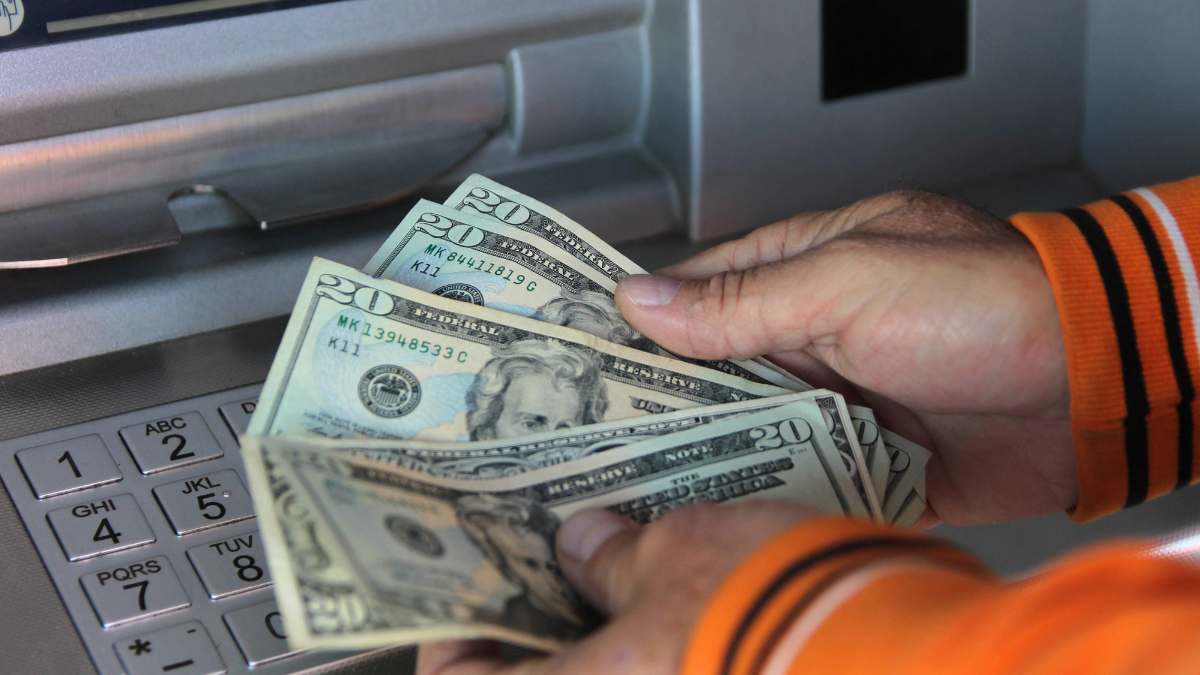
Other State Programs in 2025
Michigan gives automatic tax credits through the Working Families Tax Credit, offering up to ₹550 on average based on 2023 tax filings.
Georgia is providing tax refunds of ₹250 to ₹500, funded by a massive $11 billion budget surplus.
Colorado and New Jersey have similar assistance schemes. New Jersey’s ANCHOR Program gives up to ₹6,500 to help with housing expenses.
Pennsylvania had programs focusing on elderly people and those with disabilities, but applications closed in December 2024. However, they might reopen or renew soon.
Virginia is still discussing tax cut plans, offering between ₹200 and ₹400, but nothing has been finalized yet.
Why States Are Offering These Payments
When the COVID-related stimulus ended, many people were still struggling due to rising prices, inflation, and job instability. States took the lead and started offering their own relief programs. While the aim is similar—helping people manage day-to-day costs—each state has its own rules, deadlines, and amounts.
States with strong economies, like California, are even testing universal basic income programs. This means regular payments to select groups of people, whether they are working or not.
How to Check Your Eligibility
To know if you’re eligible, check your state’s tax authority or official government website. Most programs require you to file your taxes or meet specific income limits. Some offer automatic benefits if you’ve already filed your 2023 returns.

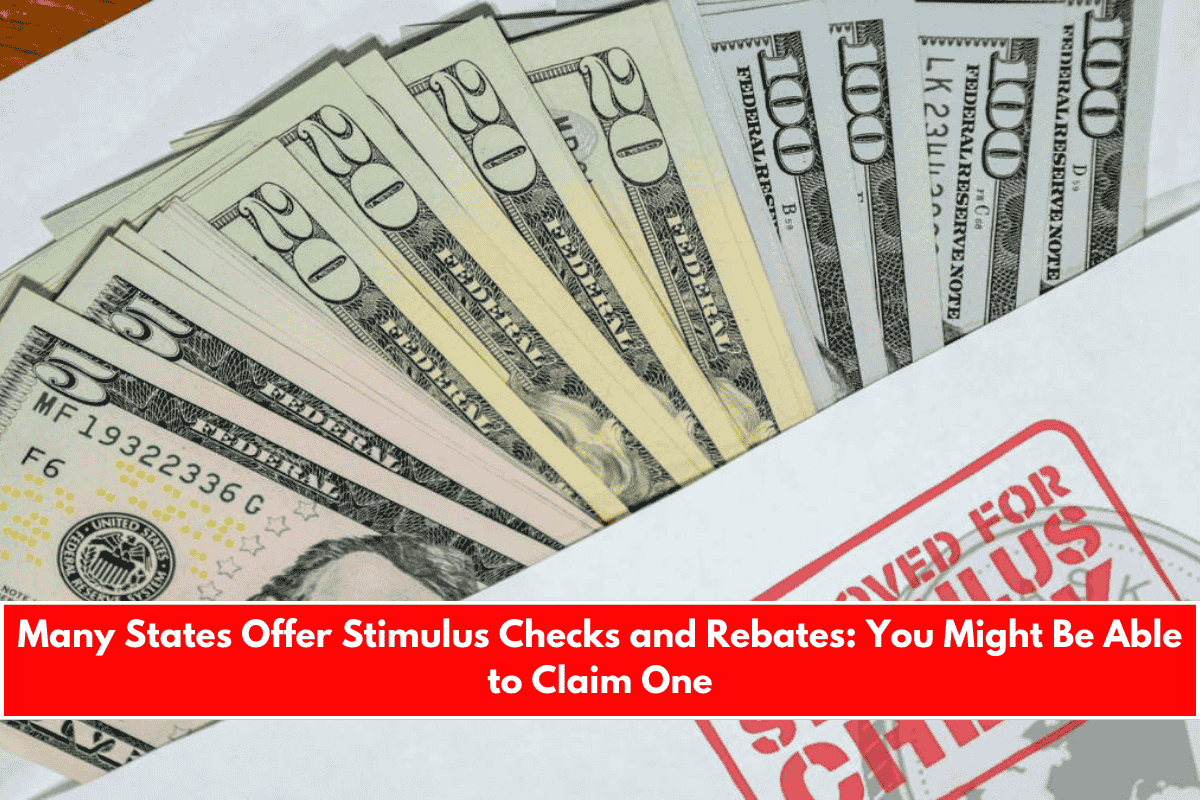





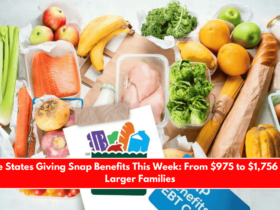
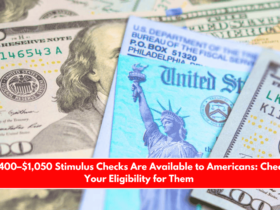
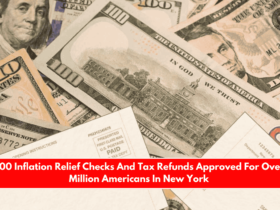

Leave a Reply